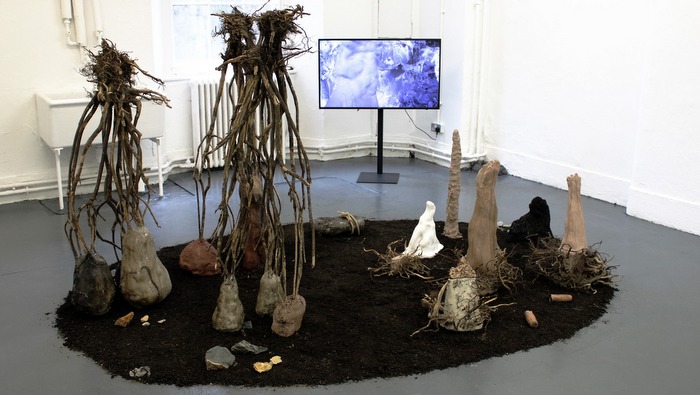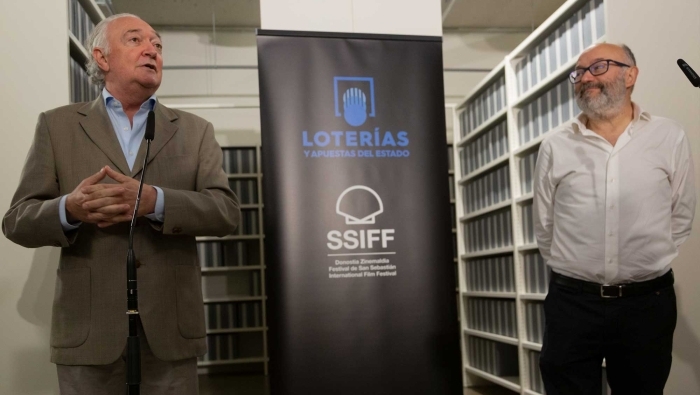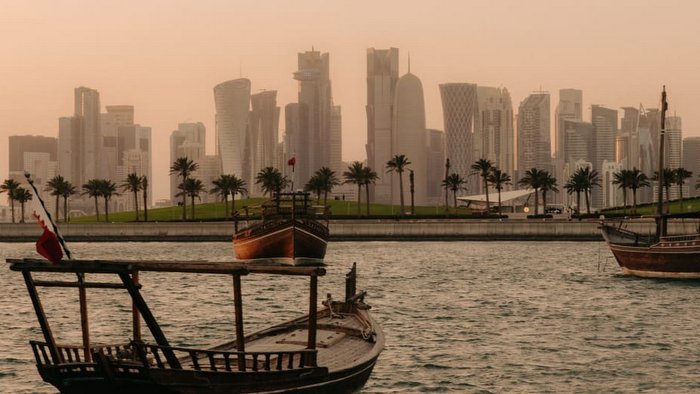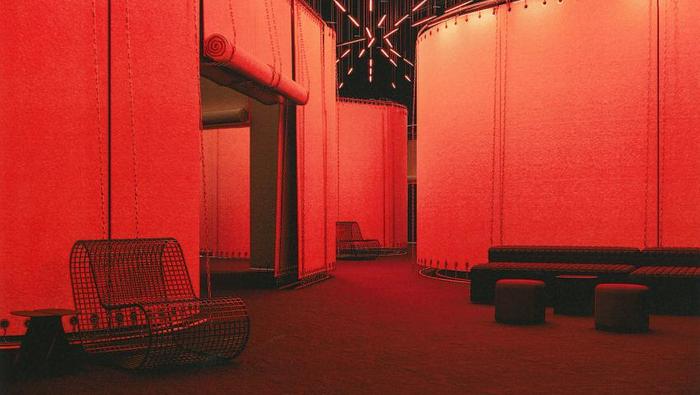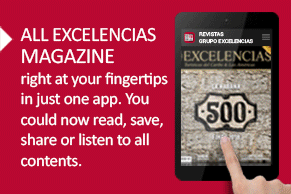Swab Barcelona celebrates its 18th edition, a symbolic age that, coinciding with the Year of the Snake, marks a turning point for the project. Framing this edition as a solstice—a transitional state—the fair presents a proposal that stands between the end of one cycle and the beginning of a new phase.
This shift starts with its structure: Carolina Diez-Cascón takes over as director, inheriting the legacy of Joaquín Diez-Cascón, and brings a renewed vision to the fair. While maintaining its original principles as a platform for emerging talent and discovery, Swab opens itself to new approaches that today suggest different ways of creating, exchanging, inhabiting, and exhibiting.
True to its mission of being a platform for emerging proposals in the contemporary art scene, Swab presents an edition aligned with practices that view art as a tool for dialogue, collective action, and social transformation. Swab thus embraces independent formats, languages, and methodologies that seek spaces for mutual encounter and exposure to the public, the market, and institutional frameworks, while preserving the cultural, communal, and experimental value of creation.
With this premise, Swab offers a program focused on formats that promote solidarity networks, collaboration, self-management, and alternative models of production and representation.
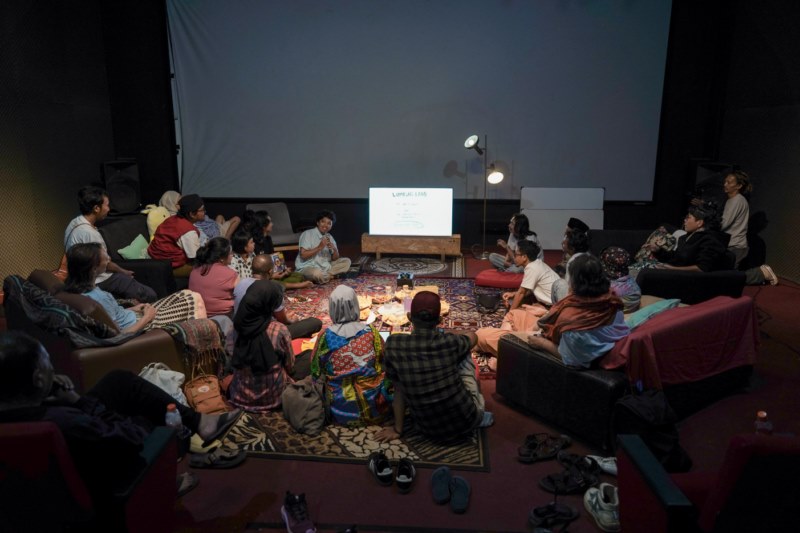
The main program of the fair, Polar and Tropic, features thirteen spaces managed by artists, collectives, and curators from the Nordic region and Southeast Asia. Their practices are based on relationships with community and territory, curatorial experimentation, and the creation of collaborative networks. Understanding polarity as a form of affection and the tropic as a transitional space, the project explores how models of collectivity develop at the planet’s extremes, which could be valuable for addressing today’s climate and sociopolitical crises.
This is accompanied by a public program including a video series, a radio station, an editorial section, and a large gathering space for talks, workshops, and activities curated by Tenthaus, Jatiwangi Art Factory, and Bunga Siagian.
The participating spaces are:
NSFW (Gothenburg), Fuxia2 (Malmo), Pachinko (Oslo), Tenthaus (Oslo), Asbestos Art Space (Helsinki), All all all (Copenhagen), SUAVEART (Taipei), ss space space (Taipei), Jatiwangi Art Factory (Majalengka), Studio150 (Bangkok), MoT+++ (Ho Chi Minh), Gelanggang Olah Rasa – GOR (Bandung), K4+ Podium (Oslo)
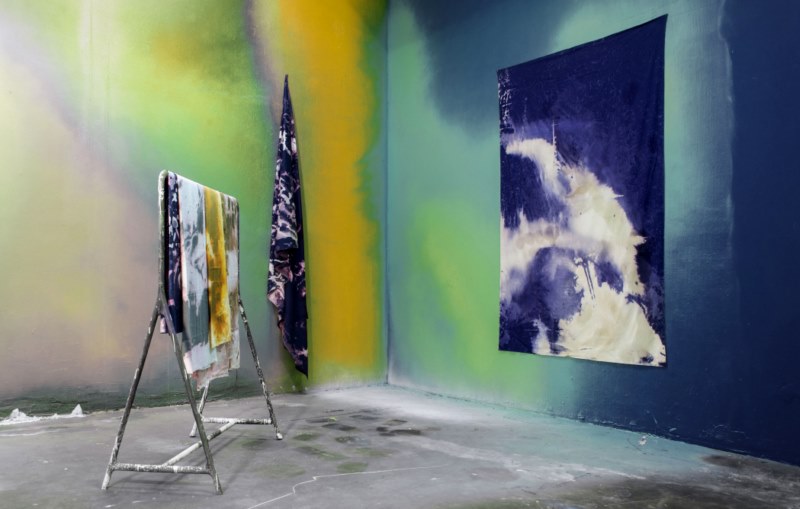
Vortex represents a new phase for the established Emerging LATAM, expanding its focus toward a dialogue between emerging initiatives from Latin America and the local context, following a horizontal and inter-local logic. Curated by Santiago Gasquet, who previously led Emerging LATAM, together with Lena Solà Nogué, joining this year, the program brings together twelve young galleries from both regions to cohabit six spaces, activating new forms of sustainability and shared curatorship.
The program also includes a space for critical thought, in dialogue with the fair’s radio and its lecture series, to explore the complexity of the relationships between both regions, as well as the shared flows, affections, and methodologies.
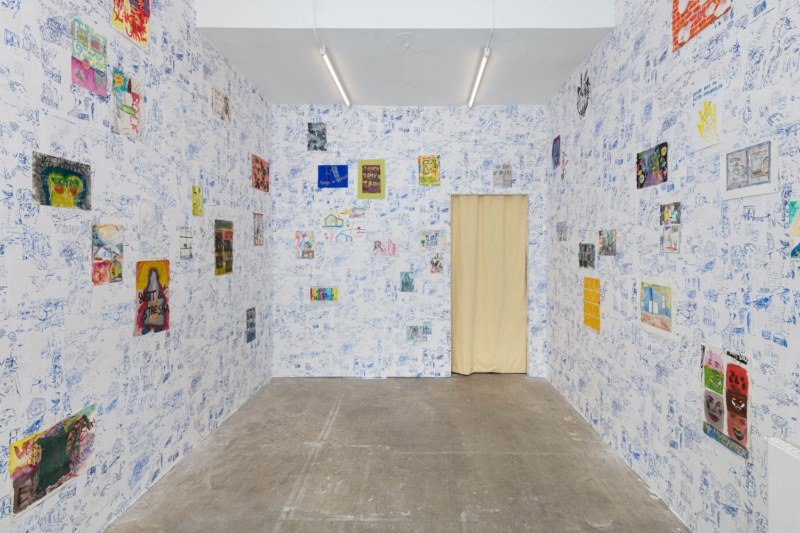
SOLO proposes a collaborative network among independent European projects, structured around the solo show format as a unit of collaboration. A single voice can also be a plural voice: that of the collective, the self-managed space, or authorship shared among many. It is at this intersection between the individual and the collective that the program finds its place.
Supported by the Fundació Vila Casas, the initiative aims to generate lasting connections that enable the co-production of exhibition projects, strengthening both the sustainability of the participating spaces and the creation of new circuits for the circulation of independent art.
The open call programs continue this year, grouped into the General Program and MyFAF (My First Art Fair), a format closer to the one that originally inspired the fair. This features a unique structure and a collection of galleries and independent spaces, both emerging and established, representing new proposals and artists.
The General Program, which accounts for half of the fair, is presented as a unified space that integrates the previous General, Emerging, and Seed sections. This decision responds to an increasingly visible reality: the blurring of boundaries between independent practices and established structures, in a landscape where both influence and reshape each other. In this new configuration, established galleries with experimental proposals coexist alongside self-managed spaces that have successfully balanced critical research and market sustainability. Unifying these proposals reflects an emerging scene that already moves between both models, fostering fertile ground for the exchange of knowledge, strategies, and languages.
MyFAF, driven by the Fundación Swab Barcelona, supports three new galleries with less than two years of experience, offering them their first opportunity in the international circuit and the freedom to present bold proposals with a clear identity.
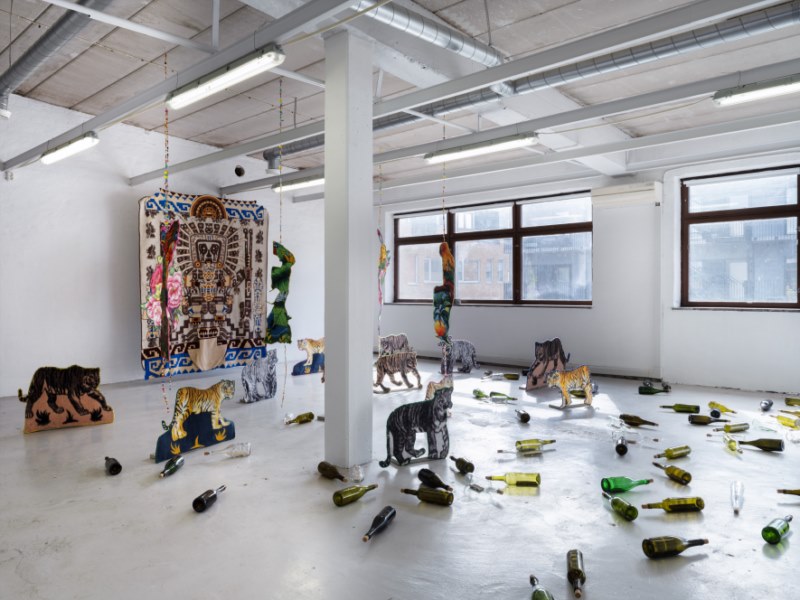
In its 18th edition, Swab reaffirms its commitment to the local emerging scene by facilitating the participation of galleries from the surrounding area through grants and collaborations. In this spirit, Swab establishes a new partnership with the gallery association Art Barcelona through its initiative Art Nou, which is dedicated to highlighting the emerging local scene by awarding one of its proposals the opportunity to present at the edition.
Continuing this dialogue with the city, Swab presents IN/OUT, a program that connects the fair’s exhibition content with Barcelona’s cultural ecosystem. Conceived as an open network, it goes beyond the fairgrounds to activate projects within the urban space, generating new layers of reception and resonance. More than a spatial division, it proposes a logic of translation and displacement, where what is presented at the fair finds continuity outside of it. Activations such as pop-up exhibitions, guided tours, performances, roundtables, and public meetings allow the audience to engage with the proposals from different perspectives. This strategy will be especially visible in Solo Show and Vortex, whose narratives extend through collaborations with local spaces.
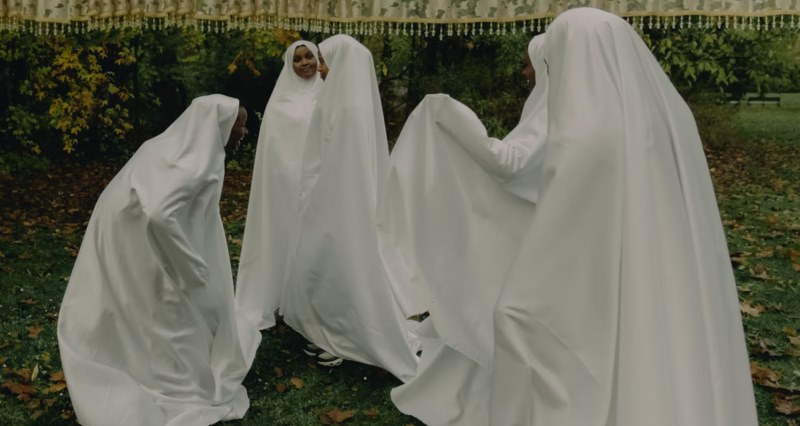
IN/OUT also establishes itself as a space for critical thinking, with activities developed in collaboration with institutions such as Index and Delfina Foundation, as well as collectors, curators, and other agents. These activities address key topics like new artistic and collecting practices, and the challenges posed by a global scenario undergoing systemic change.
Listening to the pulse of this transitional moment, when a familiar era seems to be coming to an end and time feels like it’s slipping from its hinges, Swab aims to redefine its role as a platform, becoming more open, conscious, and attentive to the urgencies of the present. It is not about representing a fixed state of art but about accompanying its shifts and possible futures; believing in art as a collective force for change and building, in a communal way, a more horizontal, plural, and supportive ecosystem.
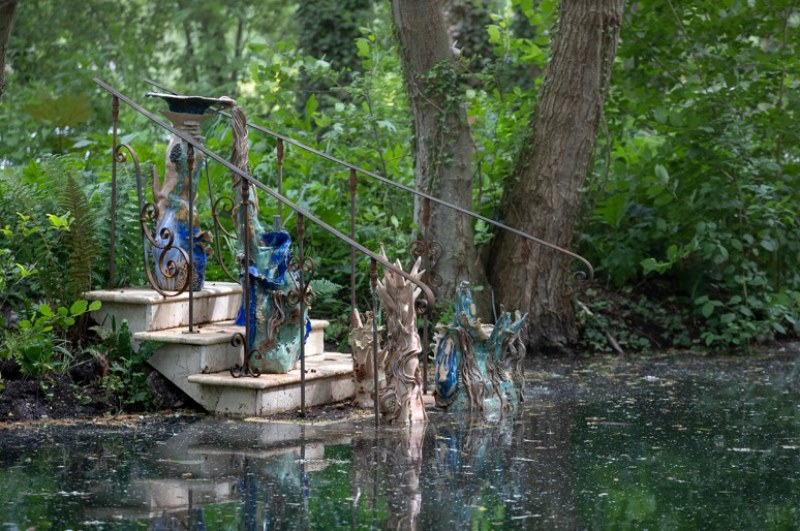
On the cover: Outhouse gallery, MyFAF, Natasha Burton
Source: Swab Barcelona

